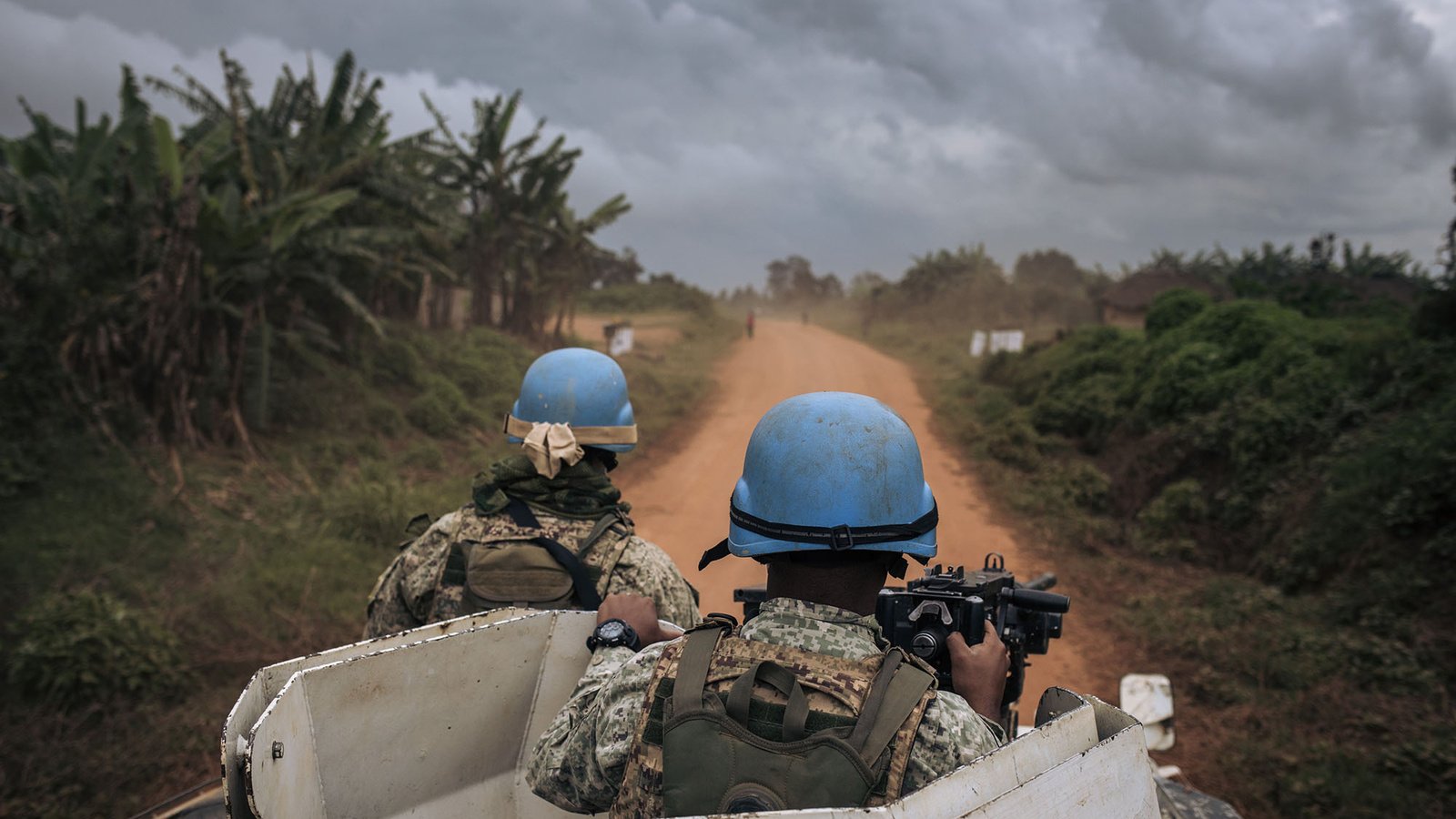In a world persistently afflicted by conflicts and natural disasters, peacekeeping and humanitarian missions stand as beacons of hope and stability. These missions, organized by various international bodies and NGOs, aim to foster peace, alleviate suffering, and rebuild societies in distress. This article delves into the diverse and significant roles these missions play from a global perspective, demonstrating their impact on international stability and development.
Peacekeeping Missions: Foundations of Stability
Peacekeeping missions are essential instruments of international order, primarily led by the United Nations. They aim to maintain peace and security, protect civilians, and facilitate political processes in post-conflict regions. A unique blend of diplomacy, military presence, and civil operations, peacekeeping missions play a crucial role in rebuilding war-torn societies and establishing foundations for lasting peace.
Humanitarian Missions: Responding to Human Needs
Humanitarian missions address immediate human needs in the aftermath of conflicts and natural disasters. Non-Governmental Organizations (NGOs), international bodies, and governments mobilize resources and personnel to provide emergency relief, including food, shelter, medical care, and education. These missions prioritize human dignity, seeking to alleviate suffering and uphold human rights.
A Symbiotic Relationship
The relationship between peacekeeping and humanitarian missions is symbiotic. While peacekeeping efforts focus on creating a secure environment and addressing the root causes of conflict, humanitarian missions address the immediate needs of affected populations. Together, they contribute to the comprehensive rehabilitation of societies and the establishment of sustainable peace and development.
Challenges and Complexities
Despite their noble intentions, peacekeeping and humanitarian missions face numerous challenges. These include operational constraints, security issues, political intricacies, and resource limitations. Navigating these complexities requires adaptability, cooperation, and a steadfast commitment to the mission’s objectives.
Case Studies: A Global Overview
To further understand the impact of these missions, we explore case studies from different regions:
- Africa: In countries like Sudan and Somalia, peacekeeping missions have played a vital role in mitigating conflicts, protecting civilians, and supporting political transitions. Concurrently, humanitarian missions have addressed famine, displacement, and health crises.
- Middle East: In Syria and Yemen, peacekeeping efforts have aimed at ceasefire monitoring and facilitating political dialogue, while humanitarian aid has been crucial in addressing the dire needs of conflict-affected populations.
- Asia: In Afghanistan and Myanmar, the synergy between peacekeeping and humanitarian missions has been essential in responding to political unrest and natural disasters, supporting affected communities and fostering stability.
The Role of Technology and Innovation
Advancements in technology and innovation have enhanced the efficacy of peacekeeping and humanitarian missions. Drones and satellite imagery aid in monitoring conflict zones, while innovations in logistics and supply chain management ensure timely delivery of aid. Harnessing technology is pivotal in addressing the evolving challenges these missions face.
International Collaboration and the Way Forward
Sustained international collaboration is fundamental to the success of peacekeeping and humanitarian missions. Strengthening partnerships between countries, international bodies, and NGOs fosters a unified approach to addressing global crises. Moreover, adopting best practices and learning from past experiences contribute to the continual improvement of these missions.
Conclusion
Peacekeeping and humanitarian missions are indispensable components of the international response to conflicts and disasters. Through a symbiotic relationship, these missions address immediate human needs and work towards establishing long-lasting peace and stability. Despite facing numerous challenges, the adaptability, innovation, and collaboration witnessed in these missions offer hope for a more peaceful and stable world.
Tags: #Peacekeeping #HumanitarianMissions #GlobalPerspective #InternationalStability #ConflictResolution #HumanRights #Development #UnitedNations #NonGovernmentalOrganizations #EmergencyRelief
This article provides an insightful overview of peacekeeping and humanitarian missions from a global perspective, exploring their significant roles, challenges, and impact on international stability and development. By delving into case studies and highlighting the importance of technology and international collaboration, it offers a comprehensive understanding of these missions’ contribution to a more peaceful and stable world.




